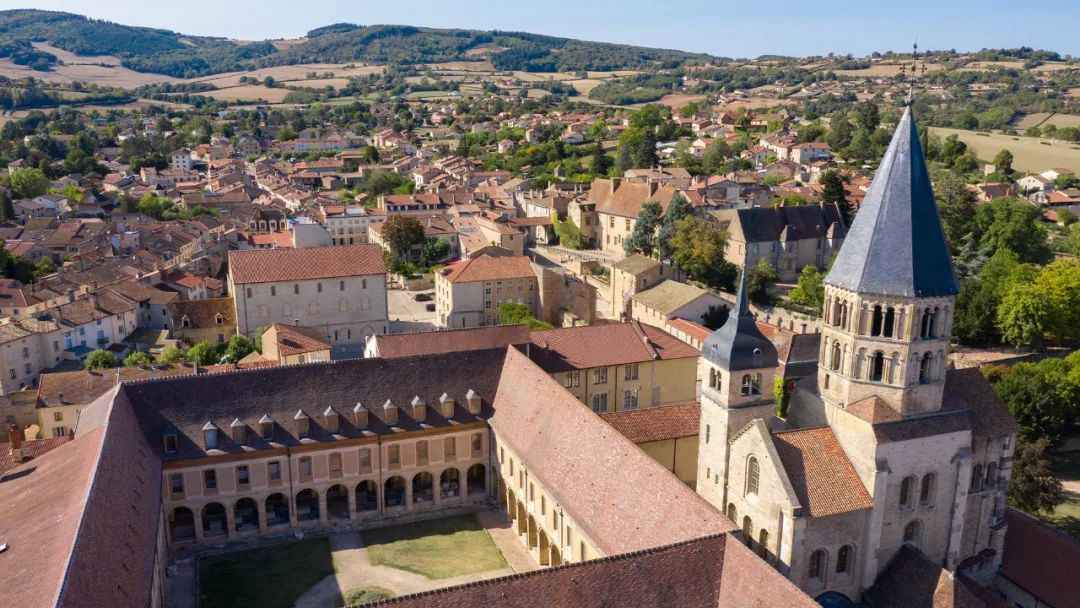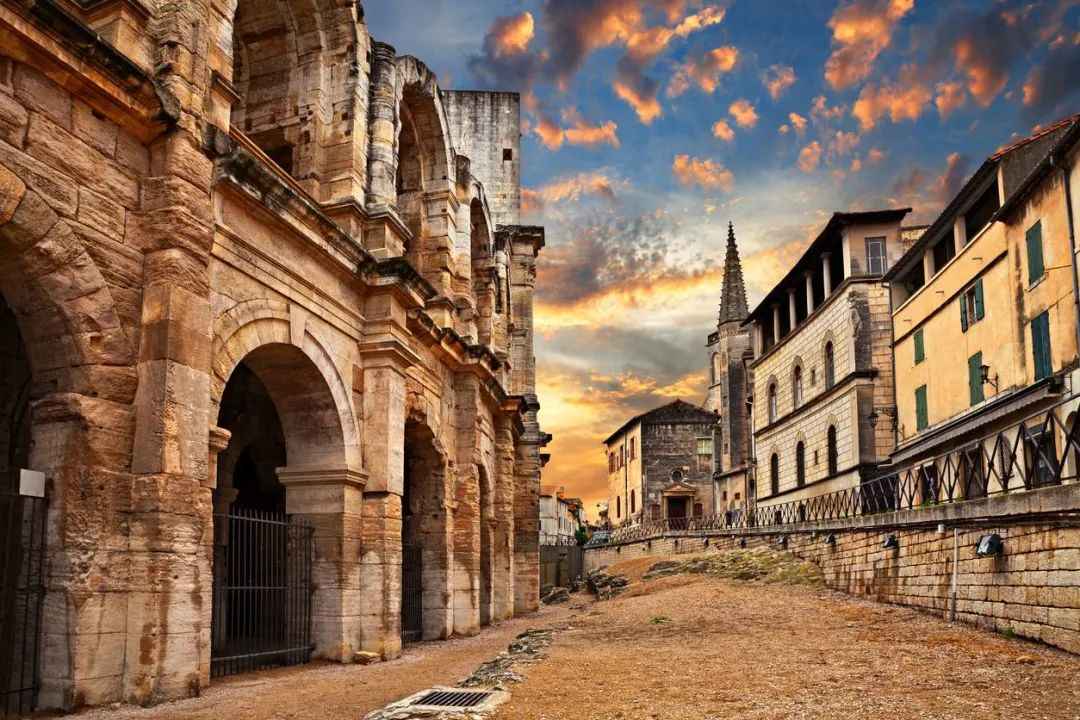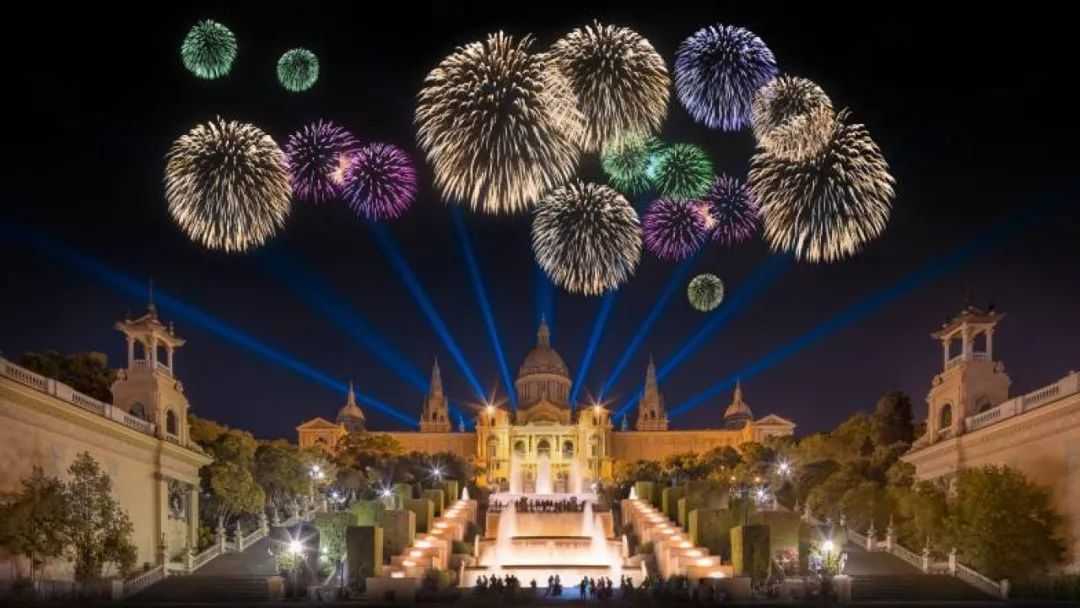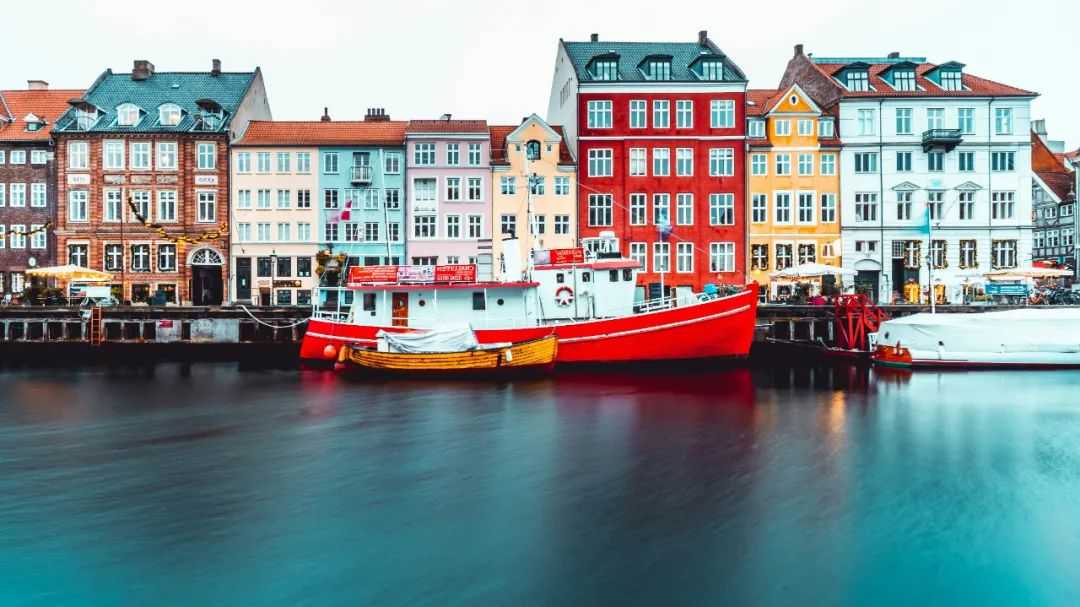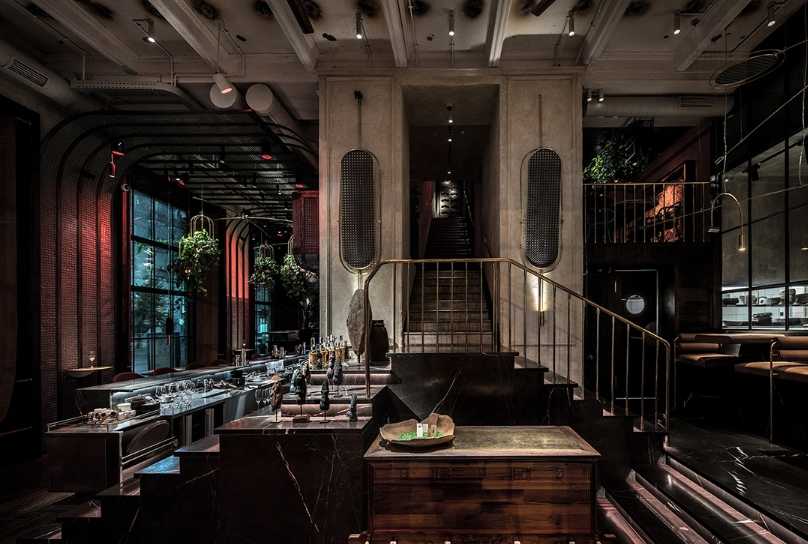Nestled in the Saône-et-Loire department of Burgundy, France, the Abbey of Cluny (Abbaye de Cluny) stands as a testament to a millennium of history. Founded in 910 by William the Pious, Duke of Aquitaine, this Benedictine monastery was the spiritual and political epicenter of medieval Christendom. Its revolutionary "Cluniac Reforms" reshaped monastic life across Europe, emphasizing strict asceticism, autonomy from secular rule, and unwavering loyalty to the Pope, thereby revitalizing the Catholic Church.
Cluny’s innovation lay in its centralized network of monasteries. Under abbots Odilo and Hugh, its influence spanned France, Italy, Germany, and Spain, overseeing over 2,000 affiliated houses at its peak. Beyond worship, the abbey was a cradle of art and learning: its abbey church, at 187 meters long, was the largest Christian structure of its time, adorned with Romanesque sculptures and frescoes that defined medieval artistic excellence. Cluny’s meticulous liturgical traditions even spurred the growth of the Santiago de Compostela pilgrimage route.
Despite severe damage during the French Revolution, the abbey’s remains—including the South Transept, Holy Water Bell Tower, and Gothic cloisters—still awe visitors. In 2023, the restored Jean de Bourbon Chapel reopened, featuring contemporary artworks by Sarkis that harmonize with the Flamboyant Gothic architecture, creating a dialogue between past and present. The virtual reconstruction project "Cluny III" uses 3D technology to revive the church’s original grandeur, offering a digital journey through medieval sacred spaces.
Today, Cluny Abbey is a UNESCO-listed heritage site and a cultural magnet, attracting hundreds of thousands of visitors annually. In 2023, it ranked second in France’s "Monument Préféré des Français" television contest, underscoring its enduring appeal. The Musée d’Art et d’Archéologie showcases Romanesque masterpieces, medieval manuscripts, and collaborative exhibitions with Notre-Dame, revealing Cluny’s role as a medieval intellectual hub.
From its 910 founding to its 21st-century renaissance, Cluny Abbey remains a living witness to Christian civilization. It is not merely a pile of stones but the soul of an era—when visitors stand beneath the Holy Water Bell Tower, they can almost hear the chants of monks echoing through the ages.
